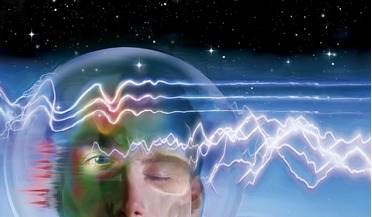 April 2020
Protecting against the dangers of space radiation
April 2020
Protecting against the dangers of space radiation
... to adequately measure and counteract the potentially dangerous impacts of radiation. Space radiation is the number one risk to astronaut health on missions beyond low Earth orbit (LEO) and, with a host of long term and deep space missions...
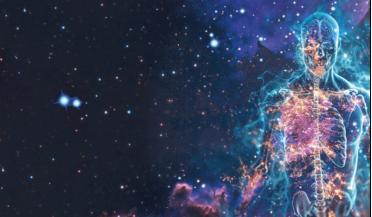 October 2024
Off-Earth risks to the human skeleton
October 2024
Off-Earth risks to the human skeleton
...the skeleton’s adaptation to the changing mechanical load. However, a number of issues that constitute foreseen hazards to astronaut health are as follows: Similar to clinical experience, we assess BMD in the areas with predominant trabecular (highly...
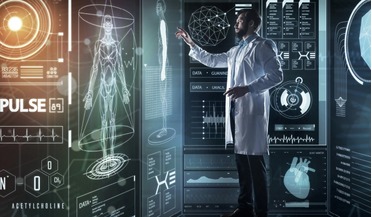 November 2020
Space medicine and terrestrial health care
November 2020
Space medicine and terrestrial health care
... benefit of Earth medicine and for the purpose of interplanetary missions. Space psychology A key aspect of astronaut in-flight health monitoring is the doctor-to-target distance, which means telemedicine - the basis for developing effective remote...
 January 2021
Medical professionals and long-duration spaceflight
January 2021
Medical professionals and long-duration spaceflight
... flight. Moreover, given the high levels of proficiency and experience required of astronauts, any crew is unlikely to be composed entirely of ‘young professionals’ in the peak of health. Both points suggest the need for an on-board medic. On the...
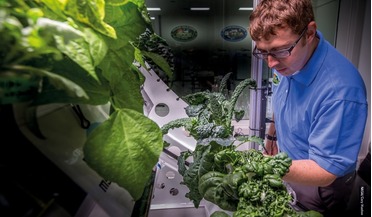 February 2023
How to grow plants in a spacecraft
February 2023
How to grow plants in a spacecraft
... risks of genetic mutations, so protecting plants from radiation should be a priority One of the main issues for astronauts’ health in microgravity is bone density loss. Our bones are constantly balanced between growth and resorption, allowing bones...
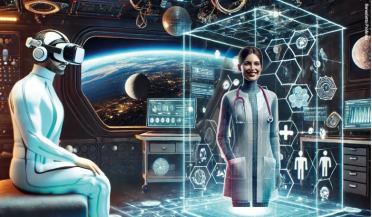 October 2024
Revolutionising space medicine and global health through virtual and augmented reality
October 2024
Revolutionising space medicine and global health through virtual and augmented reality
... and knowledge gaps. GE Healthcare’s wearable biomedical devices have been used to enable NASA flight surgeons to monitor astronauts’ health in real-time during critical aspects of missions, such as spacewalks, and allow for further analysis of data...